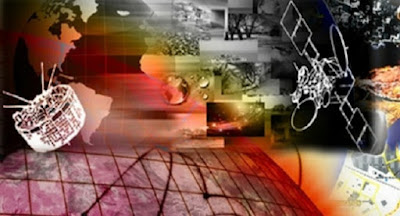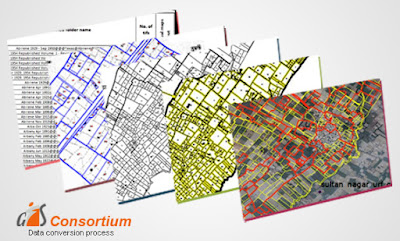A combination of GIS maps and latest GIS hosting
technologies has become a powerful tool that gives accurate and up to date
information from environmental resources to market analyses. Thus, large scale
industries and retail sectors earn huge profits by using latest GIS technology.
GIS survey company in India helps in converting all the complex data in simpler
form thus making it easily accessible from any part of the world as well as
user friendly.
GIS (Geographic Information System) has been
implemented by almost all organizations and industries like federal and state
governments, law enforcement agencies etc. GIS mapping provide these
organizations with accurate and precise data, digital maps that are related to
the growth and also contribute in the study of these sectors. GIS maps provide
reliable GIS solutions to different types of data. Today detecting new
locations to set up new industries or initiate development work is one of the
main applications of GIS.
Public
and private sectors are able to create the essential GIS data in order to
support new and existing technical applications. Remote sensing, Photogrammetric
Solutions and other GIS
solutions have made these modifications a reality. Although every industry
operates on GIS mapping technologies for accurate GIS solutions, but only 10
percent of these industries are capable of applying these solutions
economically and proficiently.
Since GIS mapping is expensive and in demand,
there are numerous service providers that are available in the market but you
need to pay complete attention while choosing one. Make sure the company uses
latest tools and technologies to provide accurate and innovative GIS solutions
to its clients. You can either search GIS or Photogrammetric Solutions
online, else you can also ask for recommendations from family and friends. This
way you will be able to find the best GIS Survey Company In India for your
needs.














